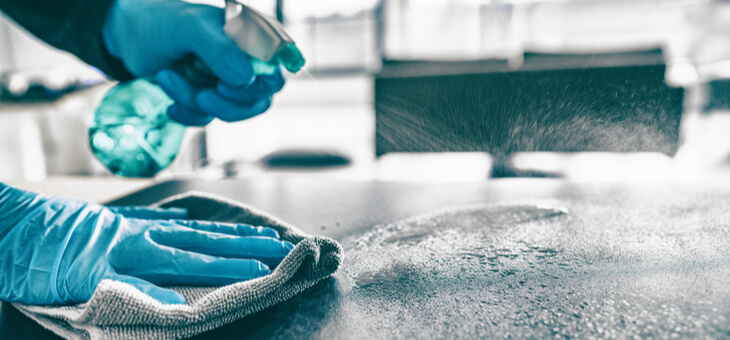In our quest to make our homes as energy efficient as possible, we may have inadvertently turned our houses into COVID traps, experts warn.
In the past few decades there has been an increased focus on building energy-efficient houses and apartments. In our quest to cut household power consumption, the thinking has generally been to design homes that keep air trapped inside – cool air in summer and warm air in winter.
The need to conserve energy is real, with climate change threatening to upend life as we know it even more radically than the COVID-19 pandemic has. But in putting all our eggs in the energy efficiency basket, are we now living in poorly ventilated COVID pits?
According to experts, that’s uncomfortably close to the truth and authorities aren’t listening.
Read: The COVID problem experts say must be accepted – and corrected
“We’re already moving to try to make changes to the regulatory suite but, unfortunately, the Australian Building Codes Board haven’t been so quick off the mark,” International Code Council member Professor Geoff Hanmer told Domain.
“Before, they said there wasn’t enough evidence that COVID-19 was airborne, so they didn’t need to do anything. Now, there is a huge amount of evidence, so there’s a requirement for them to do something.”
It’s been known for a while now that COVID is transferred through airborne droplets that can hang around for hours indoors if airflow is poor. When businesses have been allowed to open, strict density limits have been imposed in order to reduce the amount of potentially infected air circulating.
It’s much harder to transmit the virus outdoors, where air flows freely. We need to build houses now that still conserve energy and air when we need to but can be ventilated quickly and easily. It’s time our house designs adapted to our new conditions.
Read: Five ventilation tips to cut virus risk
The Master Builders Association of NSW (MBANSW) agrees that ventilation and air circulation should now be a major consideration in building planning.
“We’ve been building houses that are better insulated, and you don’t get draughts, so there’s no ventilation because it’s all about keeping a house warm or cool,” MBANSW executive director Brian Seidler says.
“But now, with the approach of COVID, it needs to be more about ventilation and air circulation, and that’s even more applicable with apartments.
“There, sometimes you can’t even open windows much because of safety concerns, and you’re sitting with air conditioning recirculating bad air. It’s a significant issue that needs thought.”
Whatever changes are made to future building codes, it can’t change the houses we already live in. But there are steps you can take to improve airflow in your home beyond just opening a window.
Read: Ventilation poses COVID risk
Cheap, portable carbon monoxide monitors can give you a rough idea of how air is circulating in your home. If the monitor detects high levels of carbon dioxide in your house, it’s because air isn’t flowing well.
If ventilation can’t be improved, consider an air purifier. Fortunately, there are cheap portable models available.
A Cambridge University study has demonstrated that using two portable air purifiers fitted with high-efficiency particulate air (HEPA) filters can clear 99 per cent of aerosols from a room in just 5.5 minutes.
“With air purifiers, if they don’t have a HEPA filter, they’re not worth buying,” Prof. Hanmer says.
“But these are all short-term measures. Long term, we need changes to the building code.”
The future is uncertain and it is, of course, impossible to plan for every future outcome. But we should be future proofing as much we can.
Would you support the government making laws around building airflow? Or do you think there are enough building rules already? Let us know in the comments section below.
If you enjoy our content, don’t keep it to yourself. Share our free eNews with your friends and encourage them to sign up.

